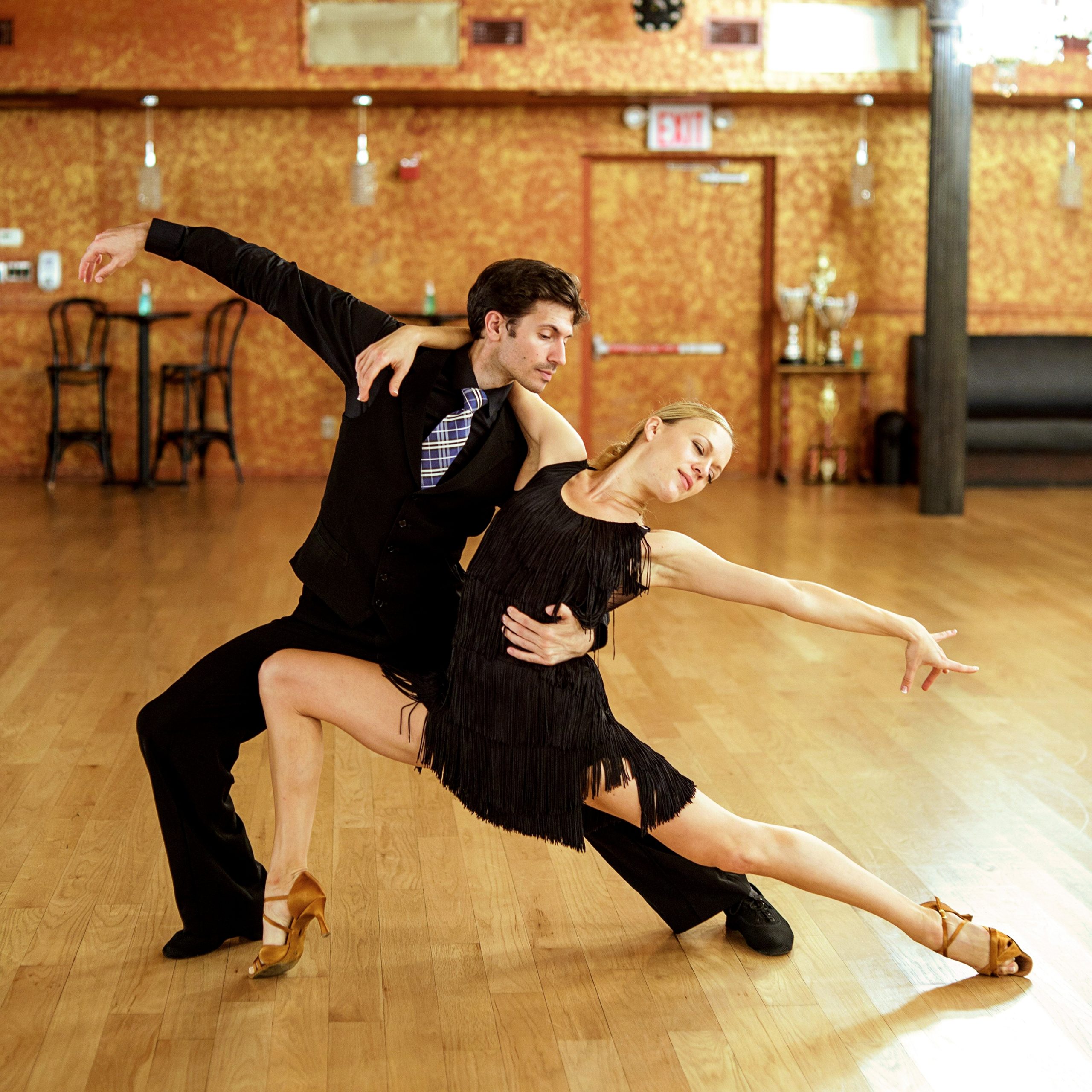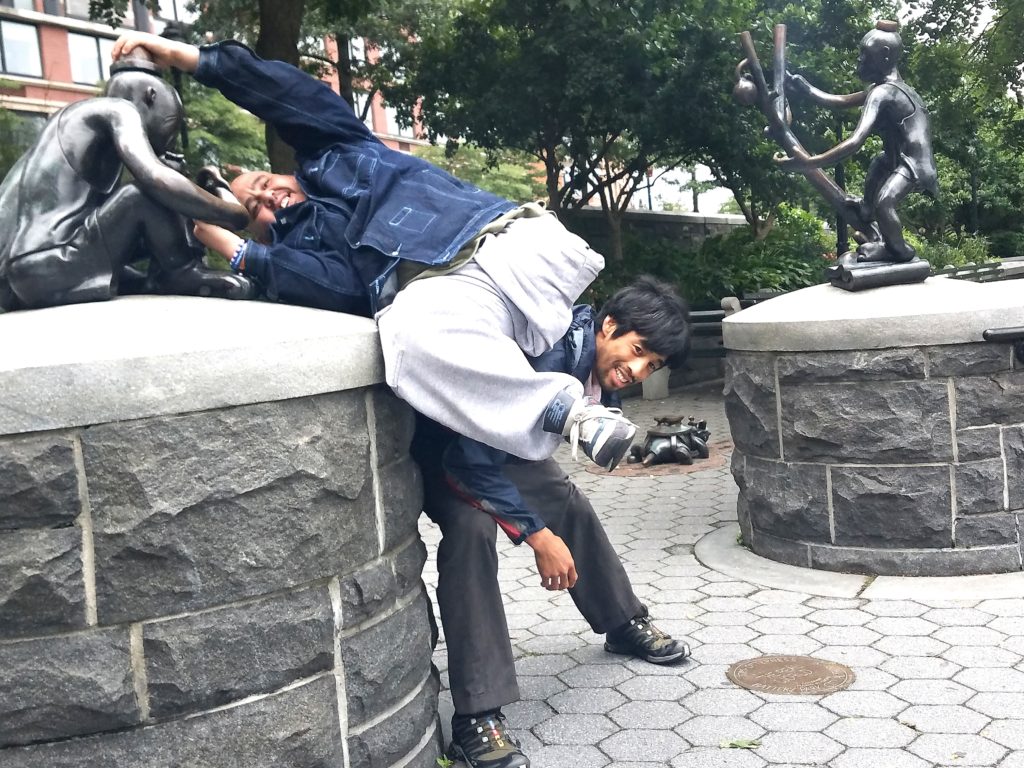
No matter how well-trained your students are, when they’re suddenly faced with dancing with another human, panic can ensue.
Whether they’re learning to partner in ballet, taking their first contact improvisation class or delving into a ballroom style, the foundation of almost all partnering is weight-sharing, the basics of which extend across genres.
Introduce your students to weight-sharing with these tips, and help them become better partners.
Set Them Up for Success
The biggest problem ballroom dancer and teacher Ana Jurenec sees with dancers learning how to share weight is a lack of connection with their own body, “and then trying to do something with another person,” she says. “Instead, where is your bodyweight? Where is your center of gravity? How is your spine moving? Then, invite another person into that.”
To help students tap into their own body, make sure your warm-up is tailored to the task ahead. Andrew Suseno, who teaches contact improvisation and his own contact-based style called Moving Rasa (formerly known as Parcon Resilience), suggests paying special attention to the hands and feet, since they are so receptive to information when partnering. You can also have dancers practice yielding their weight to something that’s more predictable than another human, like the floor or a wall. Exploring a stable surface with different parts of the body allows dancers “to find coordination and get primed for the unpredictability of being in a dynamic relationship with another person,” he says.

Create Trust
For Suseno, weight isn’t just about our physical bodies. “It includes our emotions, our identities, our histories, our struggles,” he says. “To create a safe and healthy place for that weight to be held, the conversation needs to go beyond the physical.” For example, if a student is struggling with a loss, “their sense of balance, their weight-sharing is going to be different,” he says.
For this reason, checking in with dancers before beginning a weight-sharing practice is essential. Suseno suggests collaborating with them to come up with community or partner agreements that set expectations. One of his favorite agreements: “Everyone is empowered with their ‘no’,” meaning that dancers can say no to any movement they aren’t comfortable with, and that “no” is respected.

Teach Them to Listen
To safely and confidently share weight, students need to know how to listen to their partner’s body—a skill that takes practice. To help her students become better listeners, Jurenec has them start by simply walking around the room in pairs while maintaining a point of connection. From there, she’ll have students advance the exercise by having one partner close their eyes and the other lead them around, building into more complex movement like walking backwards, running, changing levels and leading via other parts of the body.
Encourage students to start slow and simple, says Jurenec: Lots of movement, or fast movement, can make it difficult for them to sense their partner’s body. There’s also the danger of students’ “vision taking over,” says Jurenec, which you can discourage by having students close their eyes when it’s safe, and by covering any mirrors. If students are too focused on what they look like, Jurenec says, “they are missing the essence of partner dancing.”





